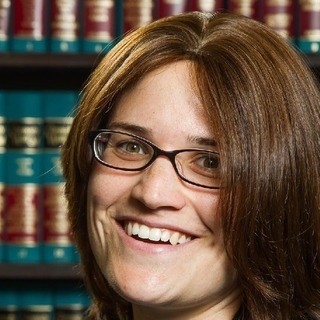Melissa Rothenberg-Kapustin, Esq. joined The Rothenberg Law Firm LLP in 2007. Melissa currently manages the law firm’s Hackensack, NJ office. While at Rutgers Law School, Melissa worked as a student attorney for the Rutgers Urban Legal Clinic where she represented low-income individuals in Social Security/SSI disability hearings and assisted in preparing briefs and motions on behalf of clients before the United States Court of Appeals for the Third Circuit. Melissa also completed a summer judicial internship with the Honorable Rachel N. Davidson of the Essex County Superior Court- Law Division. Before pursuing her law degree, Melissa earned a Master’s degree in Modern Jewish History. In addition to her career as an attorney, Melissa is a frequent lecturer on Jewish Law and History and is the proud mother of 5 children.
Since 2007
Since 2008
2007 - Current
The Rothenberg Law Firm LLP
2002 - 2007
(2007)
2001 - 2002
(2002)
2001 - 2002
(2002)



Animal & Dog Bites, Brain Injury, Car Accidents, Construction Accidents, Motorcycle Accidents, Premises Liability, Truck Accidents, Wrongful Death
Birth Injury, Medical Misdiagnosis, Pharmacy Errors, Surgical Errors